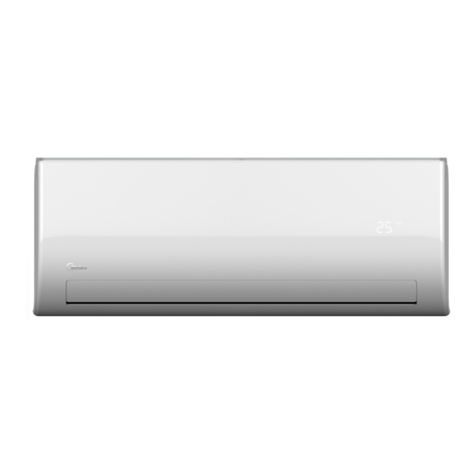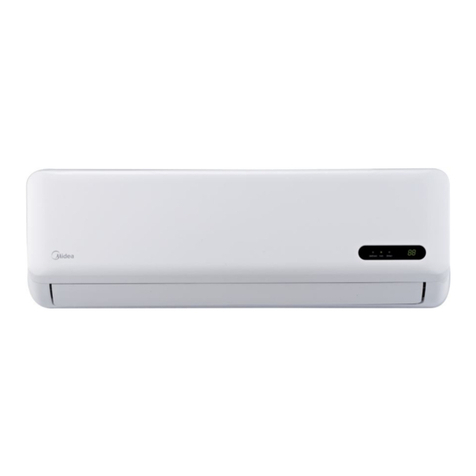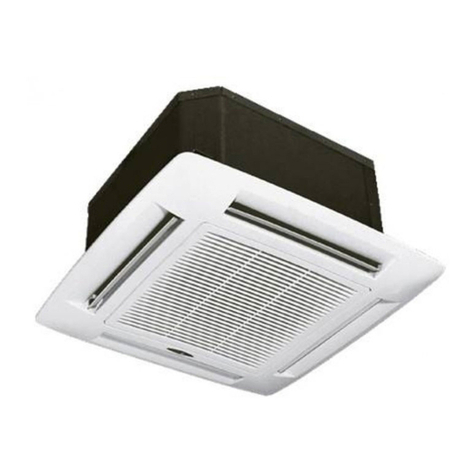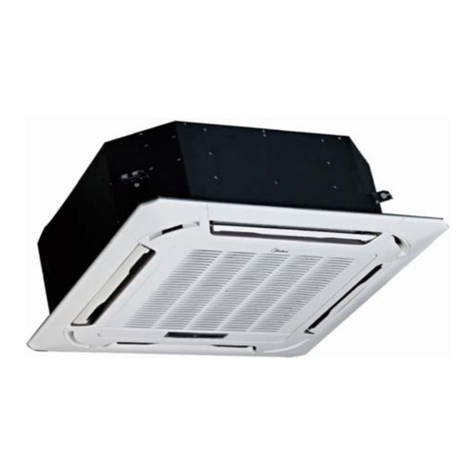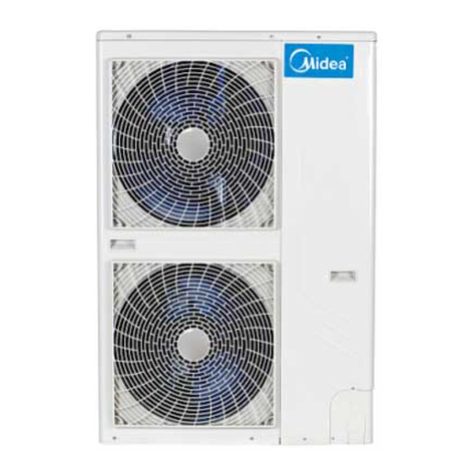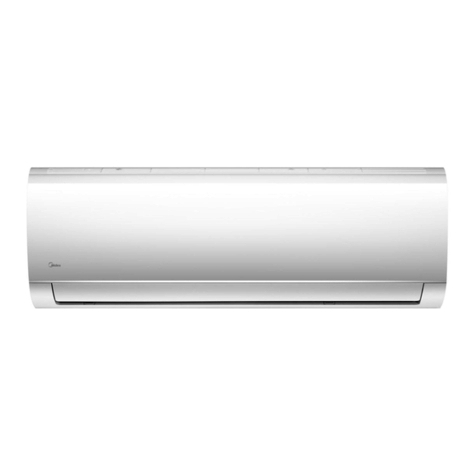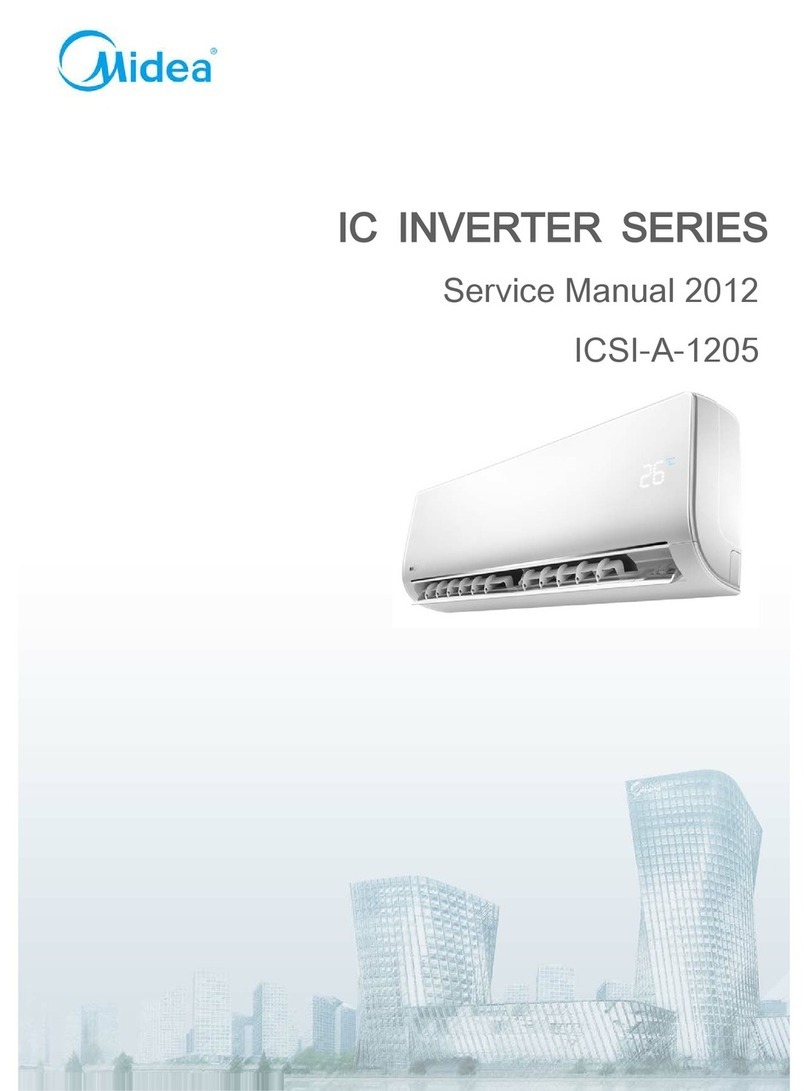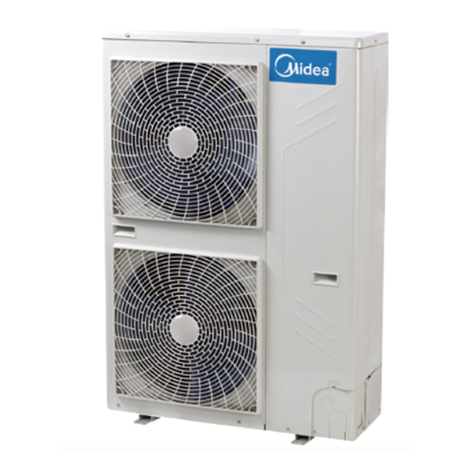
SAFETY PRECAUTIONS
!
WARNING
It may cause electric shock.
It may cause electric shock.
!
!
!
!
!
!
To prevent injury to the user or other people and property damage, the following instruc-
tions must be followed. Incorrect operation due to ignoring of instructions may cause
harm or damage. The seriousness is classified by the following indications.
!
This symbol indicates the possibilty of death or serious injury.
This symbol indicates the possibilty of injury or damage to property.
WARNING
CAUTION
Never do this.
Always do this.
Plug in power cord
properly.
Do not operate or stop the
unit by inserting or pulling
out the power cord.
Do not damage or use an
It may cause electric shock or fire. If
the power cord is damaged, it may
be replaced by the manufacturer or
an authorized service center or a
similar qualified person in order to
avoid a hazard.
It may cause electric shock or fire
due to heat generation.
Otherwise, it may cause electric
shock or fire due to excess heat
generation.
Do not modify power cord
length or share the outlet
with other appliances.
Do not operate with wet
hands or in damp
environment. at room occupants only.
This could damage your health.
Always install circuit
breaker and a dedicated
power circuit.
Incorrect installation may cause fire
and electric shock.
Do not allow water to run
into electric parts.earthing.
It may cause electric shock or
fire due to heat generation.
Incorrect earthing may cause
electric shock.
Unplug the unit if strange
sounds, smell, or smoke
comes from it.
It may cause fire and electric
shock.
It may cause fire and electric
shock.
It may cause fire and electric
shock.
Leave the door closed
while the air conditioner
is running.
It is not designed to cool the entire
house.
Ventilate room before operating air
conditioner if there is a gas leakage from
another appliance.
It may cause explosion, fire and burns.
It may cause fire and electric
shock.
Do not disassemble or modify unit.
It may cause failure and electric shock.
It may cause an explosion or fire.
Do not use the power cord
close to heating appliances.
Do not open the unit
during operation.
Do not use the socket if it
is loose or damaged.
!
CAUTION
!
!
!
!
!
!
!
!
!
!
removed, do not touch the
metal parts of the unit.
Do not clean the air
conditioner with water.
Ventilate the room well when
used together with a stove,
etc.
It may cause an injury. Water may enter the unit and
degrade the insulation. It may
cause an electric shock.
An oxygen shortage may occur.
Do not use for special
purposes.
Do not put a pet or house
plant where it will be
When the unit is to be
Do not clean unit when
power is on as it may cause
fire and electric shock. It may
also cause an injury.
This could injure the pet or
plant.
Stop operation and close
the window in a storm or
hurricane.
Operation with windows
opened may cause wetting
of indoor and soaking of
household furniture.
Do not place obstacles
around air-inlets or inside
of air-outlet.
It may cause failure of
appliance or accident.
switch when not using the
unit for a long time.
Hold the plug by the head
of the power plug when
taking it out.
It may cause electric shock
and damage.
Ensure that the installation bracket
of the outdoor appliance is not
damaged due to prolonged exposure.
every two weeks.
It may cause failure of product
or fire.
Operation without filters may
cause failure.
If bracket is damaged, unit may
fall and get damaged.
Do not use strong deter-
gent such as wax or
thinner but use a soft cloth.
Do not place heavy objects on the
power cord and ensure that the
cord is not compressed.
There is danger of fire or
electric shock.
Appearance may be
deteriorated due to change of
product color or scratching of
its surface.
It contains contaminants and
could make you sick.
Do not drink water drained
from air conditioner.
Use caution when unpacking and
installing. Sharp edges could cause injury.
service technician.
Do not use this air conditioner to
preserve precision devices, food,
pets, plants, and art objects. It may
cause deterioration of quality, etc.
1 2
